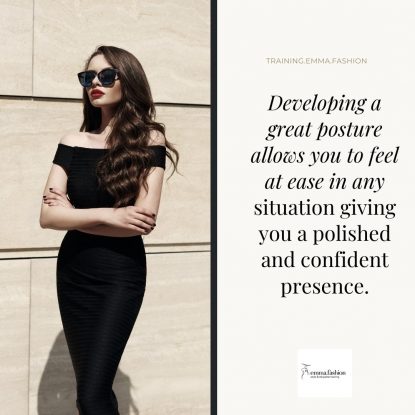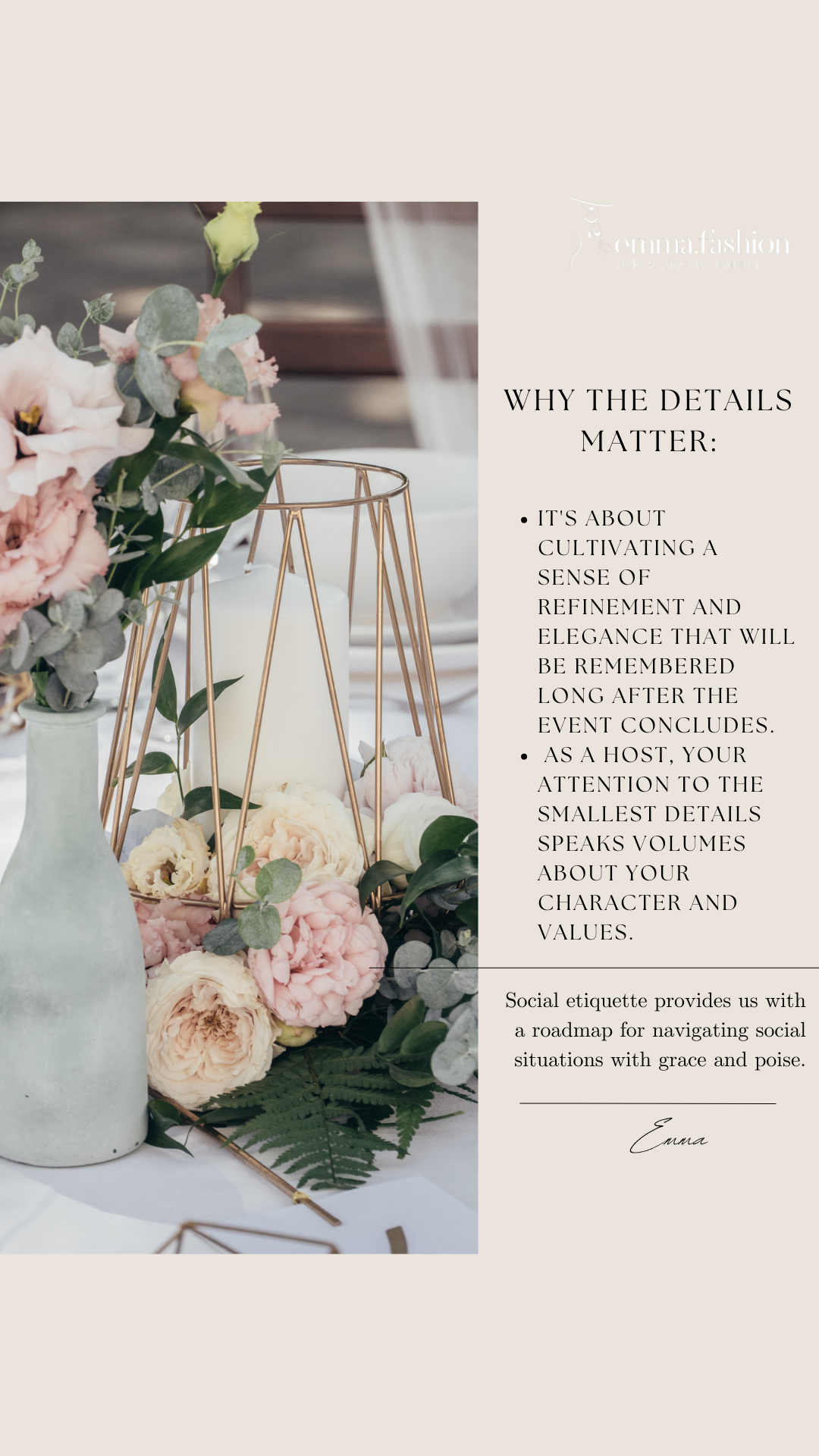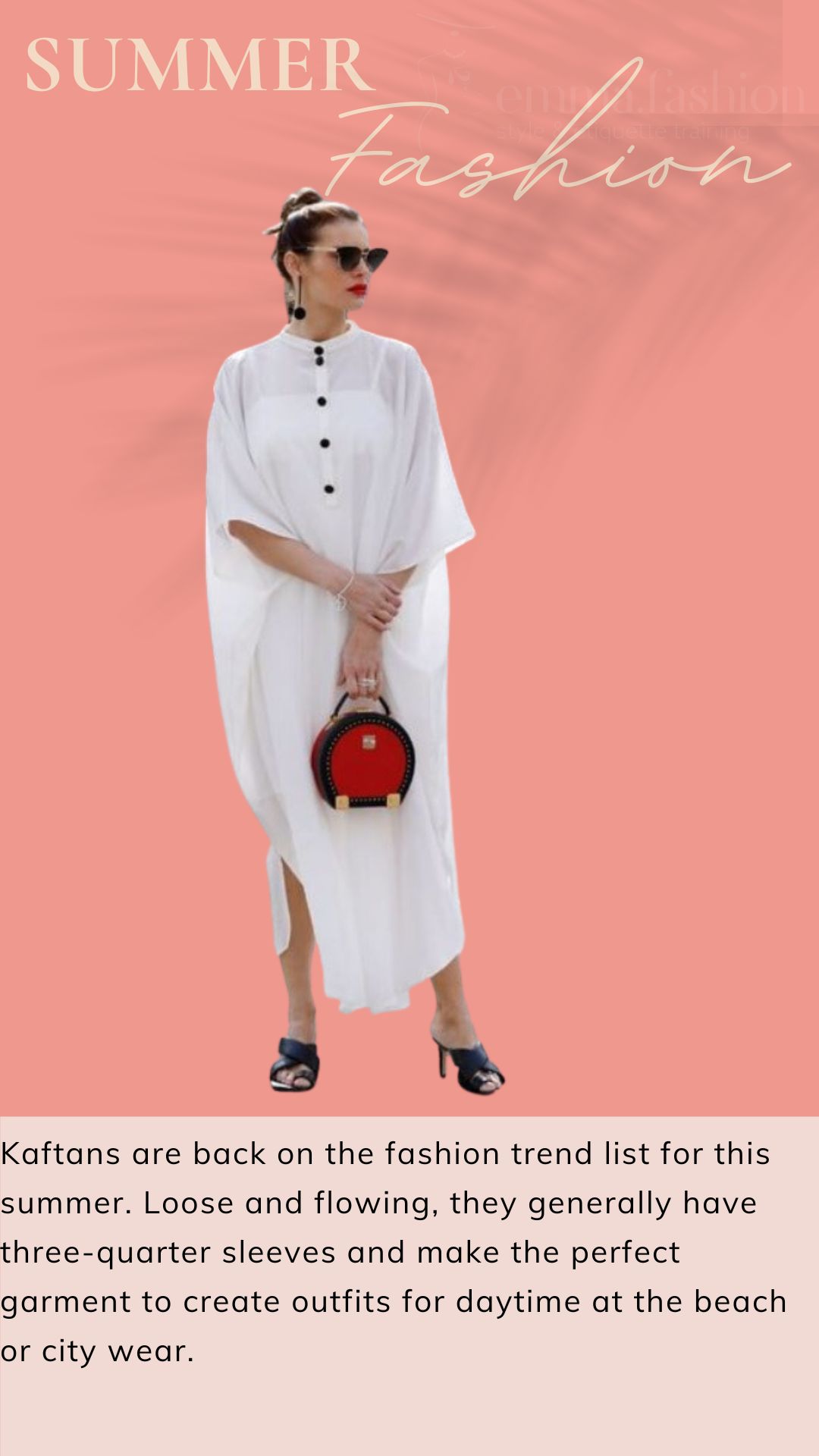How to create an open posture to communicate efficiently
A great posture creates a positive image that one can use to manage the interaction with people. Developing a great posture allows you to feel at ease in any situation giving you a polished and confident presence.
Improving our posture has become extremely important in communicating effectively with people. Especially now, having our mouth covered with a mask takes away our ability to see facial expressions and communicate easily and efficiently.
One practical way to improve our interaction is to communicate with positive body language and create an open posture to expand our body to show openness and interest during a conversation.

Steps to create an open posture
Make eye contact directly and keep your eyes at the same level as the person you are talking to.
Speak with your eyes, as there is the saying: “words mean nothing, unless the eyes speak them too.”
Looking directly into the other person’s eyes shows interest and prevents you from getting distracted by anyone or anything. It also helps you to keep the focus on the subject and interlocutor.
Avoid looking down on your interlocutor; neither allow him or her to do the same to you. Wherever you sit or stand, make sure that you and the other person keep both eyes at the same level.
Sit or stand facing the other person and make sure you keep a positive body posture.
Avoid sitting or standing side by side when you have a conversation, even in casual settings. It will give the impression that you disregard what the other person is saying and dismiss their presence.
Make little gestures to create rapport with your interlocutor.
Lean forward, tilt your head, move your hands are gestures that stress your words and convey the message that you understand what the other is saying. Also, mimicking the other person is a form of acceptance but can show that you control the situation, and your body language suits to the needs of the moment.








Comments